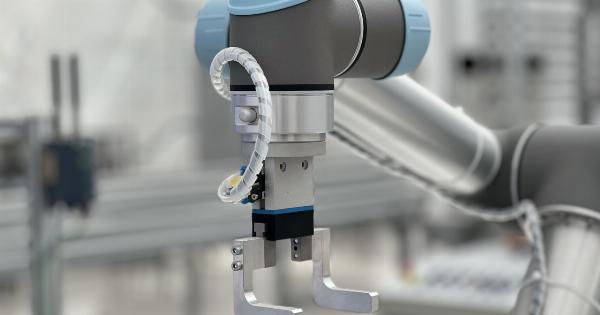Hip replacement surgery has become an effective solution for people suffering from debilitating hip conditions. Total hip arthroplasty (THA) is a common surgical procedure where the damaged hip joint is replaced with artificial components.
There are several surgical approaches to THA that orthopedic surgeons use, but the anterior minimally invasive surgery (AMIS) approach is gaining in popularity.
What is AMIS Approach?
Anterior minimally invasive surgery (AMIS) is a surgical approach to THA that involves accessing the hip joint through a small incision on the front of the hip.
This approach allows for a less invasive method of accessing the joint, resulting in less muscle, tendon and soft tissue damage. The AMIS approach has been developed over the years to provide a safer and less invasive method of performing THA. It is currently used by many orthopedic surgeons for hip replacement surgery.
Benefits of AMIS Approach
The AMIS approach has many benefits, which include a reduced risk of dislocation, faster recovery, and less post-operative pain.
The reduced incision size also means that there is generally less scarring and a lower risk of complications than with other approaches. The AMIS approach also allows for a more accurate placement of the prosthesis, which helps to improve alignment, stability, and range of motion post-surgery.
How is AMIS Approach Performed?
The AMIS approach involves making a small incision on the front of the hip, followed by the insertion of special instruments and a camera through the incision.
The surgeon then uses these instruments to remove the damaged bone and cartilage from the hip joint, followed by the insertion of the prosthetic joint components. The AMIS approach differs from other surgical approaches in that it doesn’t involve cutting any major muscles, which can result in faster recovery times.
Pre-Operative Assessment
In preparation for AMIS THA, a patient will undergo a comprehensive pre-operative assessment. This assessment includes a physical examination, blood work, imaging studies, and electrocardiography (ECG).
The assessment helps the surgeon identify any pre-existing health issues that may pose a risk during surgery. Patients must also be evaluated for suitability, based on several factors such as age, overall health, and weight.
Post-Operative Care
Post-operative care for AMIS THA is similar to other surgical procedures. Patients will be given pain medication to manage discomfort and encouraged to begin physical therapy as soon as possible.
Physical therapy aims to improve mobility, strength, and coordination. Early ambulation is also important to prevent complications such as blood clots in the legs. Patients are advised to avoid any strenuous activity or heavy lifting in the first few weeks after surgery.
Complications of AMIS Approach
Like any surgical procedure, there are risks associated with AMIS THA. The most common complications include infection, bleeding, and nerve or blood vessel damage.
The risk of complications is generally low, but it is important for patients to follow the post-operative care instructions and report any unusual symptoms to their surgeon promptly.
AMIS Approach vs. Traditional THA
Traditionally, THA was performed using the posterior approach, which involves accessing the joint from the back of the hip.
While this approach has been effective, it is more invasive and requires the surgeon to cut through major muscles, which can lead to a longer recovery time. The AMIS approach offers several advantages over traditional THA, including a shorter hospital stay, faster recovery, and reduced scarring. Additionally, patients who undergo AMIS THA may experience less pain and fewer complications.
Conclusion
AMIS THA is a less invasive surgical approach that is gaining in popularity due to its many benefits. The approach offers a shorter recovery time, less post-operative pain, and improved alignment, stability, and range of motion.
However, like any surgical procedure, it does come with some risks, including infection, bleeding, and nerve or blood vessel damage. It is important for patients to consult with their surgeon and carefully consider the benefits and risks of AMIS THA before undergoing the procedure.



























